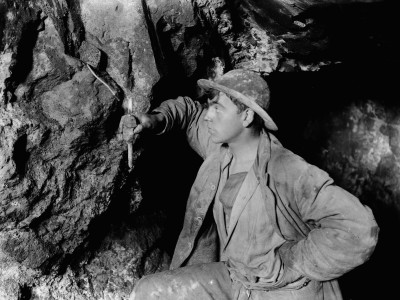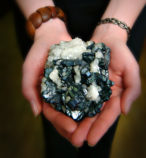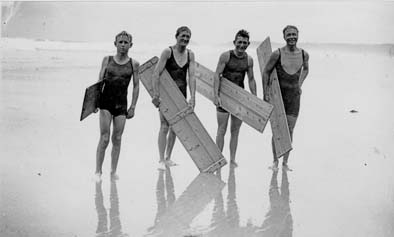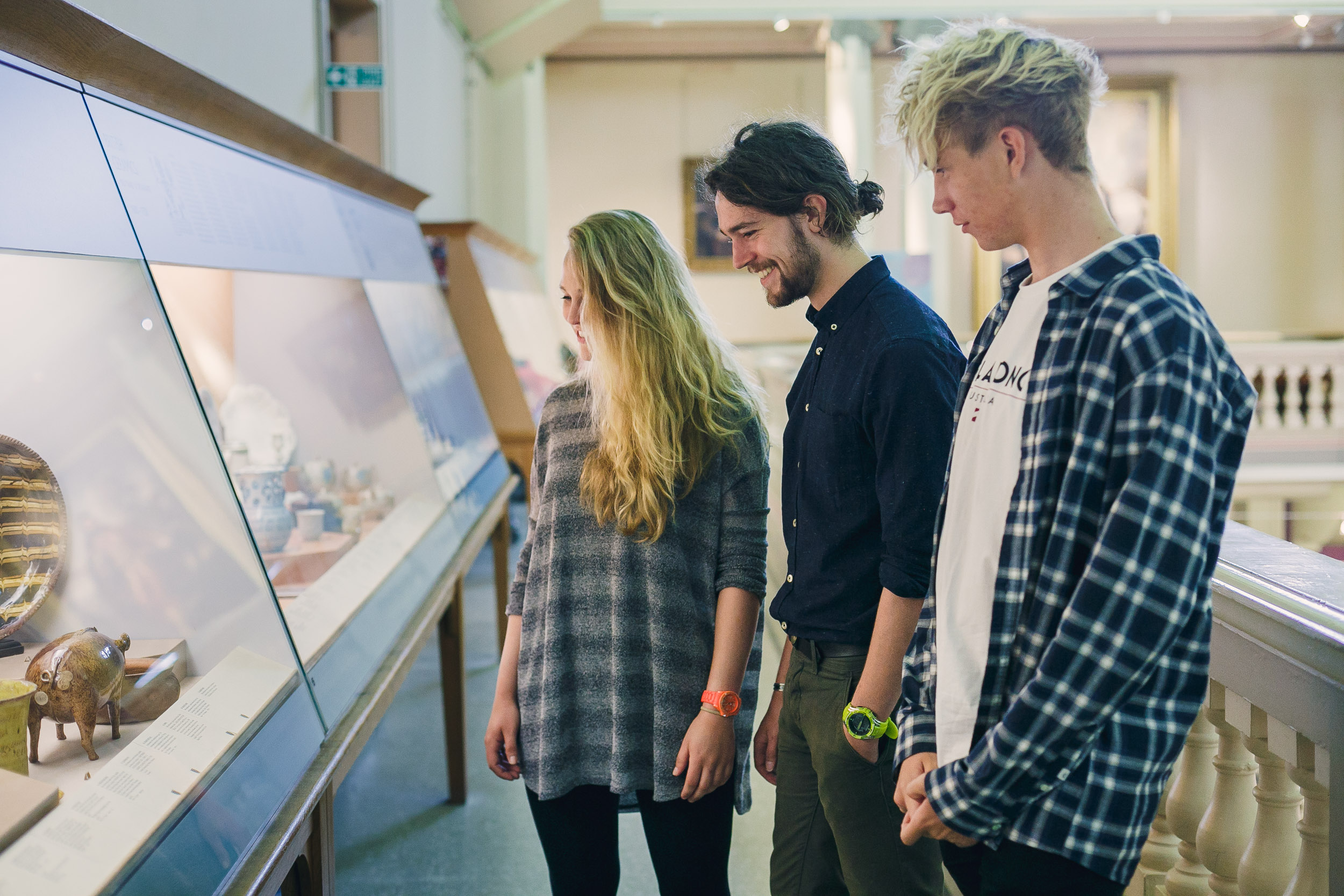A Brief History of our Mineral Collection
From fossils and footprints to birds and minerals, our natural science objects and specimens help us to understand the world around us.
The geological collections housed within the Royal Cornwall Museum offer a rare glimpse of wondrous mineral treasures collected from inside the earth, many of them Cornish.
1878 and 1891 saw publication of J H Collins’ catalogues listing some 2000 geological specimens amassed by that time; the present number has now exceeded 16,500 mineral and rock specimens, recording the heyday of Cornish tin and copper mining.
In 1893 a large part of the Williams of Scorrier collection arrived, more than 300 fine early pieces.
In 1903 the collection of Philip Rashleigh became a significant acquisition, comprising some 3,000 specimens, complete with his detailed catalogues and correspondences.
1922 brought in the James Wickett collection, comprising some 2,500 examples of tin ore and other minerals.
In 1930 William Sargent donated calcites from Wheal Wrey. These are some of the largest and most remarkable found in the world.
Between 1971 – 1982 Richard Barstow donated many important pieces.
The Collection documents and illustrates the economic fluctuations of Cornish mining in the mid to late 19th century. ‘Cousin Jack’ specimens were sent back by miners driven overseas for work. Meanwhile, comparative materials were brought back to Cornwall from around the world. This material highlights mining developments overseas.






